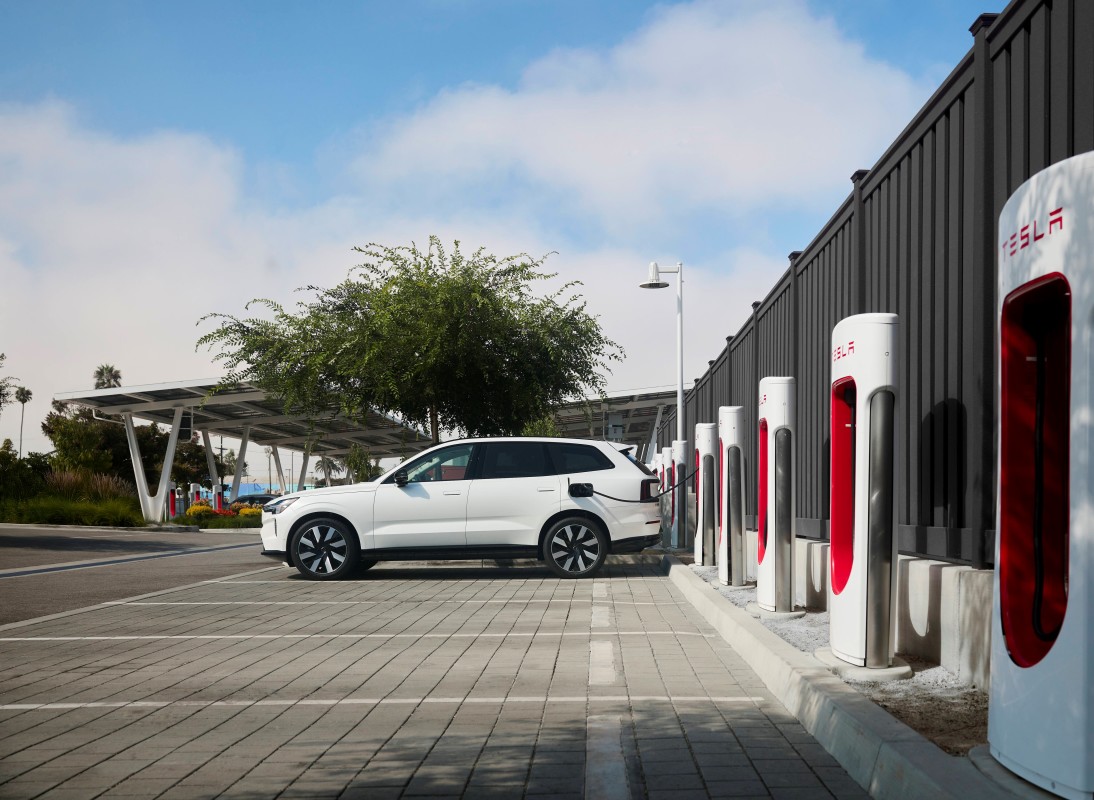
Volvo’s foray into the electric vehicle (EV) market has been met with considerable challenges, a troubling reality for a brand traditionally associated with safety and cutting-edge technology. Currently, the Swedish automaker offers three premium electric SUVs: the EX90, EX40 (known officially as the XC40 Recharge), and the EC40 (the C40 Recharge). However, these models all command a starting price of around $50,000, positioning them in a competitive segment where sales have proven difficult.
Related: GM discontinues Cruise robotaxi division
High Prices, Disheartening Range Performance
Recent sales figures underscore the mounting pressures facing Volvo’s EV ambitions. In 2023, the company managed to sell less than 13,000 electric vehicles, with a mere 493 units sold in the United States for the month of November alone. For context, Hyundai reported sales of 40,000 Ioniq 5 crossovers during the same month, starkly illustrating Volvo’s uphill battle in an increasingly crowded market.
In terms of performance, the current range offerings from Volvo do not inspire confidence relative to their price tags. The EX40, for instance, starts at $53,745 and provides a range of 293 miles. Meanwhile, Tesla’s Model Y offers a maximum range of 337 miles for a lower starting price of $44,990. This discrepancy reveals an unsettling truth: consumers are being asked to pay over $9,000 more for a vehicle that offers fewer miles of range—an unattractive proposition in today’s EV landscape.
Embracing the NACS Standard
In an effort to enhance the appeal of its electric lineup, Volvo has announced a significant development: beginning in 2025, the EX40, EC40, and the forthcoming EX90 will adopt the North American Charging Standard (NACS) plug, facilitating access to Tesla’s widespread Supercharger network. New buyers will receive a charging adapter as part of their purchase, while existing customers can opt for one at a price of $230. The smaller EX30 will receive similar adapter support in due course.
Volvo’s dedicated app will also assist owners by mapping public charging locations, providing real-time status updates, and enabling pre-payment options for charging services, making for a more user-friendly experience.
“Our commitment to electrification includes a streamlined experience for our customers with the new EX90 and all our electric models,” stated Mike Cottone, President of Volvo Car USA and Canada. “Today’s announcement marks a pivotal advancement in facilitating convenient charging infrastructure for our drivers in North America, enhancing our overall efforts to promote EV adoption.”
Related: Tesla’s NACS to be recognized as the official US EV charging standard
Is It Enough?
With over 17,800 Tesla Superchargers available in the US and Canada, Volvo’s pivot toward the NACS represents a strategic and necessary enhancement for its EV lineup—particularly as the NACS becomes the official EV charging standard in the country. However, while this adaptation could improve the charging experience, it does little to mitigate the fundamental challenges posed by their current vehicle pricing and range metrics. For Volvo to truly establish itself as a competitive player in the EV market, meaningful adjustments in pricing or advancements in battery technology must transpire, ideally achieving a balance of both.
Related: In time for Christmas, meet the man with all the toys | The Bruce Canepa interview
Source:www.autoblog.com






